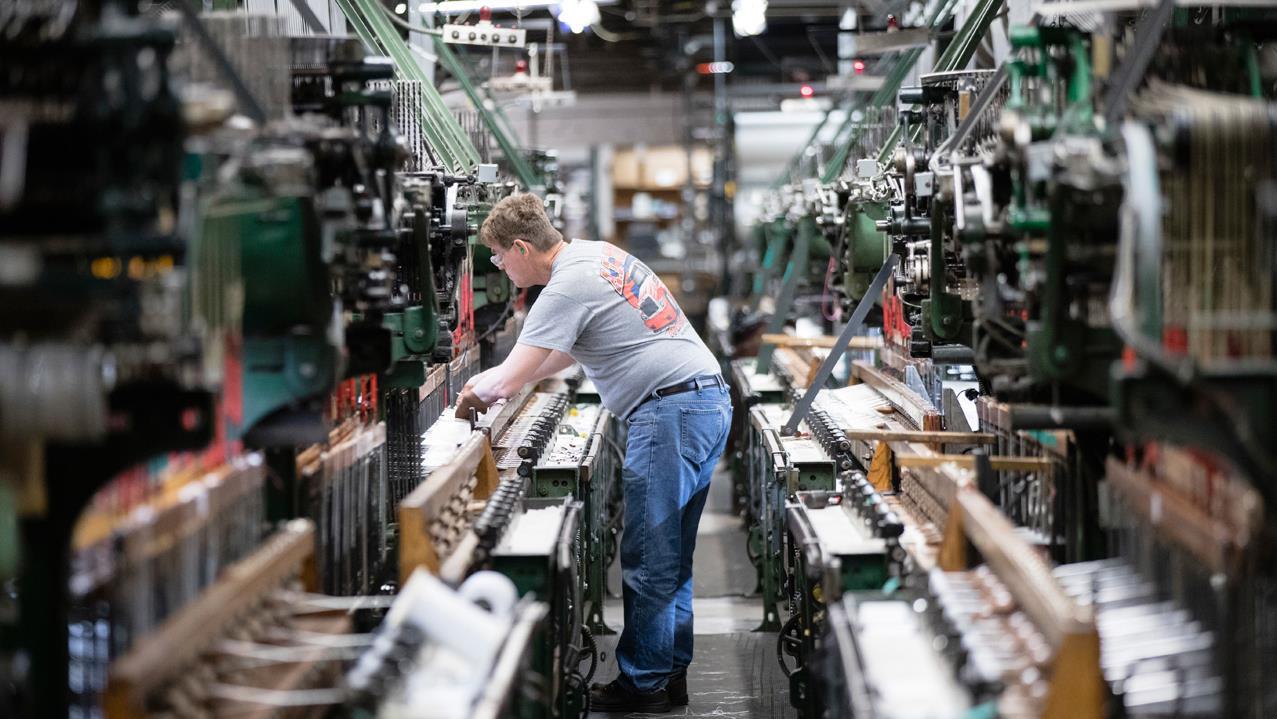US housing starts miss expectations; weekly jobless claims fall
WASHINGTON, Aug 16 (Reuters) - U.S. homebuilding rebounded less than expected from a nine-month low in July, suggesting the housing market was likely to tread water for the rest of this year against the backdrop of rising mortgage rates.
But the fundamentals for the housing market remain strong. The number of Americans filing claims for unemployment benefits fell for a second straight week last week, other data showed on Thursday, pointing to sustained strength in the labor market.
Housing starts rose 0.9 percent to a seasonally adjusted annual rate of 1.168 million units in July, the Commerce Department said. Starts dropped to a 1.158 million-unit rate in June, which was the lowest level since September 2017.
Groundbreaking activity increased in the Midwest and South, but dropped in the Northeast, and hit a more than 1-1/2-year low in the West. Last month's increase in starts left the bulk of June's 12.9 percent plunge intact.
Building permits increased 1.5 percent to a rate of 1.311 million units, snapping three straight months of decreases.
The housing market has underperformed a robust economy, with economists blaming the slowdown on rising mortgage rates, which have combined with higher house prices to make home purchasing unaffordable for some first-time buyers.
The 30-year fixed mortgage rate has risen about 60 basis points this year to an average of 4.59 percent, according to data from mortgage finance agency Freddie Mac. While that is still low by historical standards, the rise has outpaced annual wage growth, which has been stuck below 3 percent.
At the same time, house prices have increased more than 6.0 percent on an annual basis, largely driven by a dearth of properties available for sale. Residential investment contracted in the first half of the year and economists do not expect housing to contribute to growth in the final six months of 2018.
The economy grew at a 4.1 percent annualized rate in the second quarter, the fastest in nearly four years and almost double the 2.2 percent pace logged in the January-March period.
Economists polled by Reuters had forecast housing starts rising to a pace of 1.260 million units last month and permits increasing to a rate of 1.310 million units.
U.S. financial markets were little moved by the data.
RISING COSTS
Single-family homebuilding, which accounts for the largest share of the housing market, rose 0.9 percent to a rate of 862,000 units in July. Single-family homebuilding has lost momentum since hitting a pace of 948,000 units last November, which was the strongest in more than 10 years.
A survey on Wednesday showed confidence among single-family homebuilders dipped in August amid "growing affordability concerns, stemming from rising construction costs, shortages of skilled labor and a dearth of buildable lots."
Permits to build single-family homes jumped 1.9 percent in July to a pace of 869,000 units. Single-family building permits in the South, where more than half of homebuilding occurs, vaulted to an 11-year high in July.
Starts for the volatile multi-family housing segment gained 0.7 percent to a rate of 306,000 units in July. Permits for the construction of multi-family homes climbed 0.7 percent to a pace of 442,000 units.
With the moderate rise in homebuilding last month, housing inventory is likely to remain tight. Housing completions fell for a third straight month, hitting an eight-month low rate of 1.188 million in July. Realtors estimate that housing starts and completion rates need to be in a range of 1.5 million to 1.6 million units per month to plug the inventory gap.
The stock of housing under construction was little changed at 1.122 million units.
In a separate report on Thursday, the Labor Department said initial claims for state unemployment benefits slipped 2,000 to a seasonally adjusted 212,000 for the week ended Aug. 11.
The claims data is being closely watched for signs of layoffs as a result of the Trump administration's protectionist trade policy, which has led to an escalating trade war with China and tit-for-tat import tariffs with other trading partners, including the European Union, Canada and Mexico.
While there have been reports of some companies either laying off workers or planning to as a result of the import duties, that is not yet evident in the claims data.
Economists say the robust economy is helping the labor market weather the trade storm. Companies are also reporting difficulties finding qualified workers, with the labor market viewed as being near or at full employment.
(Reporting by Lucia Mutikani; Editing by Andrea Ricci)




















